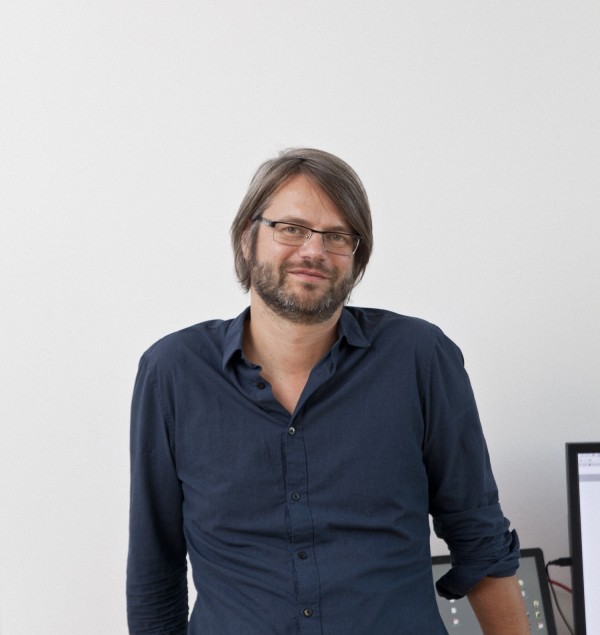n-ost
n-ost
Stefan Günther
January 1, 2016
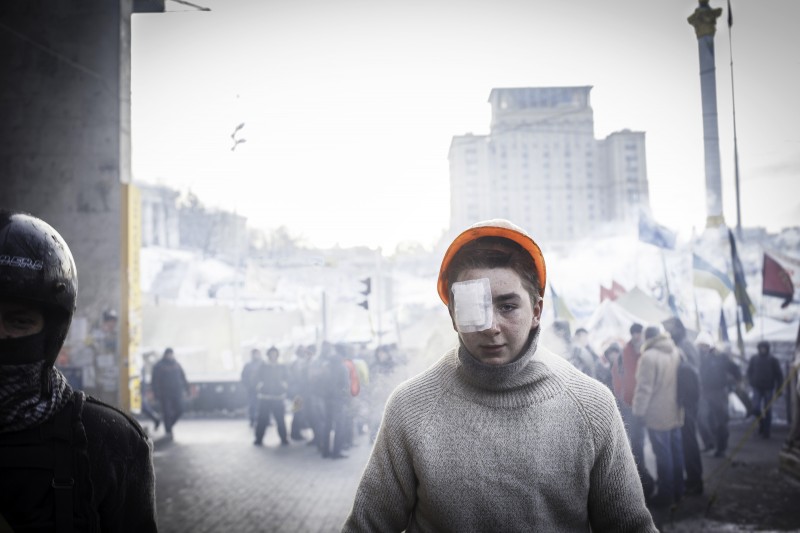
Florian Bachmeier (Germany) frequently works in Albania, Ukraine and Romania. He followed the whole process of the revolution and war in Ukraine with his camera. He has been published in Zeit, Spiegel and a number of online magazines and newspapers
What was the reason for the creation of n-ost?
n-ost the Network for Reporting on Eastern Europe was founded in 2006. The reason for creating it was to better reflect the large geographical and political area of eastern Europe in the German and west European media – both in quantity and in quality. Though initially just a text network, n-ost now also stands for significant photographic involvement in questions of eastern Europe.
How does n-ost work?
n-ost works at various levels to achieve its goals: n-ost is a network of journalists, photographers and experts, who work in or focus on eastern Europe. In second place, n-ost is a text/picture agency offering reportages, photo series, multi-media pieces and much more to the German and west European media, and can act as an agent for photographers and text journalists in the whole of eastern Europe. In addition, we publish important stories or projects ourselves in our online magazine, ostpol. As a media NGO, we organize projects with which we link and qualify journalists, and we foster research – in particular investigative research. Important projects are, for example, our media conferences and the yearly awards that we give for outstanding reportage in the German-speaking media, in the categories of text, photo and radio.
What makes good photo journalism stand out?
We consider that good photo journalism stands out because the pictures and picture projects have a certain depth in the way they deal with the issues. Pictures from eastern Europe are still weighed down by strong clichés – everything is either poor and terrible or extremely romanticized. That’s why we don’t only work with German photographers, but also east European ones, who can look at their countries with a different perspective; and in general we also work with photographers who critically question their work and the medium of photography.
What are your next projects?
We had our yearly n-ost media conference in November. After many years, each time in a different east European country, it returned to Berlin and was held under the title Translating Worlds. The picture experts’ workshop Beyond the Frame was part of the conference. Documentary photographers, editors and artists from eastern Europe, Turkey and Germany discussed possible strategies for photo journalism in an era of political and media crisis. The Canadian photographer Donald Weber offered input on the matter. We hope to continue with this format, contributing to the meaning and approach of photojournalism in the future, with concrete and exemplary photo projects. In addition, at the beginning of next year there will be a relaunch of our online magazine ostpol. It will also contribute to an in depth discussion about the production of comprehensive photo projects and the collaboration with great photographers.
What are your medium to long-term goals and wishes?
For the n-ost picture section, we’re working on getting more photo projects published in newspapers and magazines, or in our own media. In addition, we hope to become more of a platform linking together the various levels of those involved in picture media.
www.n-ost.org
www.photo.n-ost.org
Stefan Günther+-
After training as a carpenter he began to study Design in Potsdam, Günther completed a degree in photography under Prof. Gisela Scheidler. While he was studying, he worked with some of Germany’s most renowned architecture photographers. Afterwards he became a free-lance photographer in Berlin, focussing on architecture and reportage. He has been building up and running the picture section of n-ost since 2011. More

Florian Bachmeier (Germany) frequently works in Albania, Ukraine and Romania. He followed the whole process of the revolution and war in Ukraine with his camera. He has been published in Zeit, Spiegel and a number of online magazines and newspapers
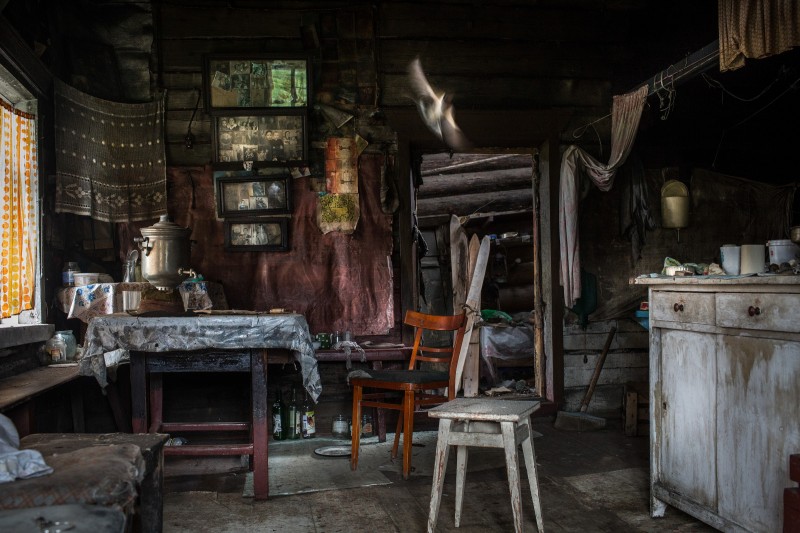
Denis Sinyakov (Russia/Sweden) photographs reportages, also in war zones such as Chechnya. She has been published in Spiegel, Cicero and in the Russian and international media
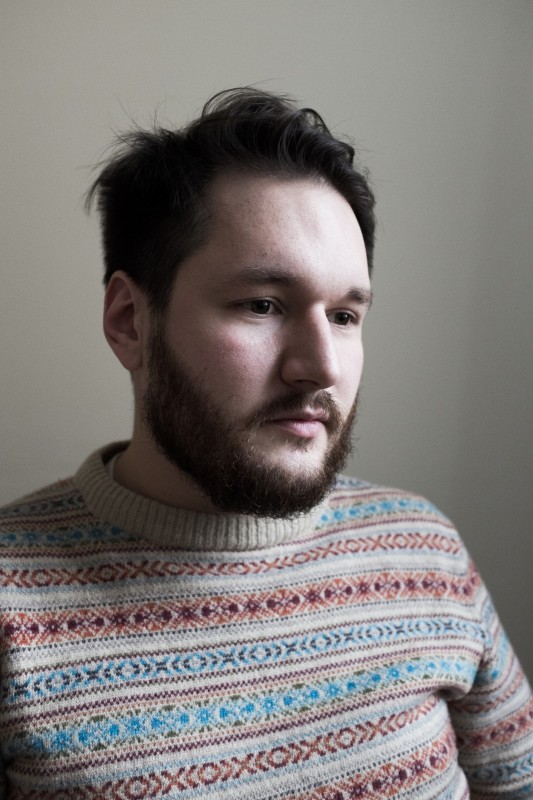
Ekaterina Anokhina (Russia) concentrates on artistic and reportage photography. She produced a portrait series of young Muscovites for n-ost, which also included a brief quote reflecting their personal view of the societal changes in Russia
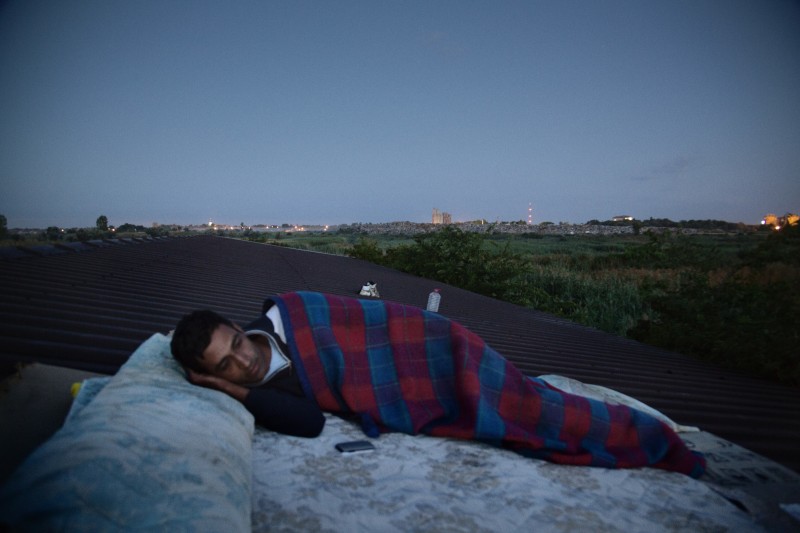
Merlin Nadj-Torma (Germany) photographs long-term projects such as "Here is everything 22 stars" about refugees on the Serbian frontier, which she began back in 2012
